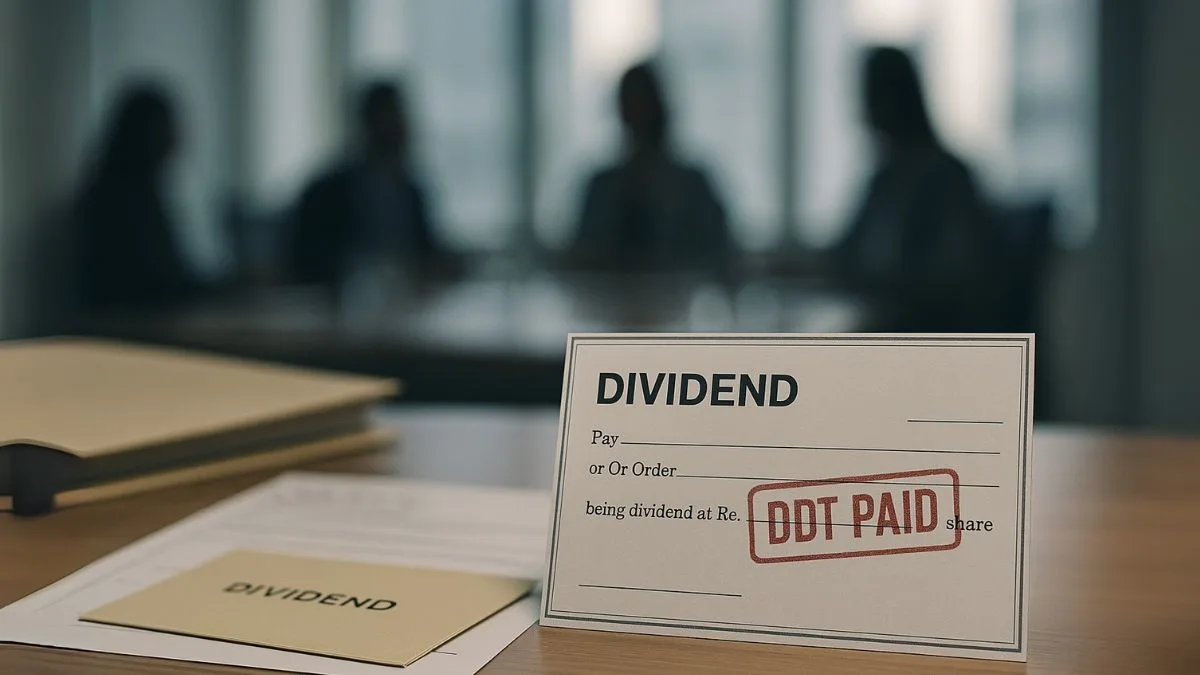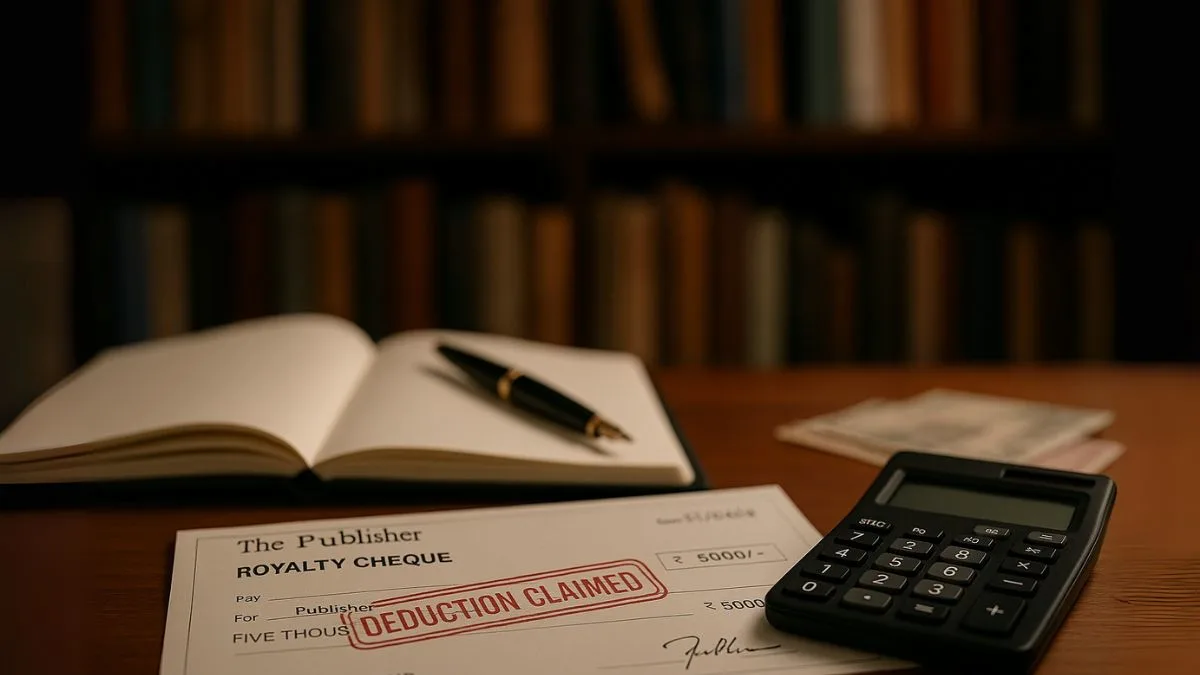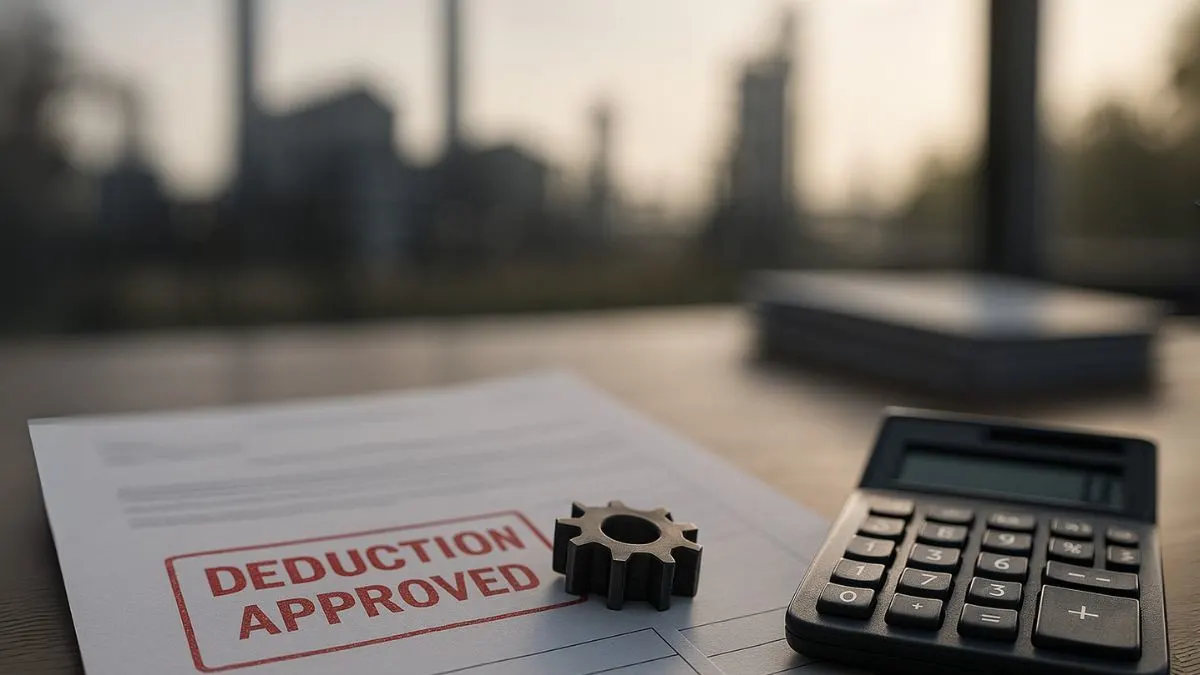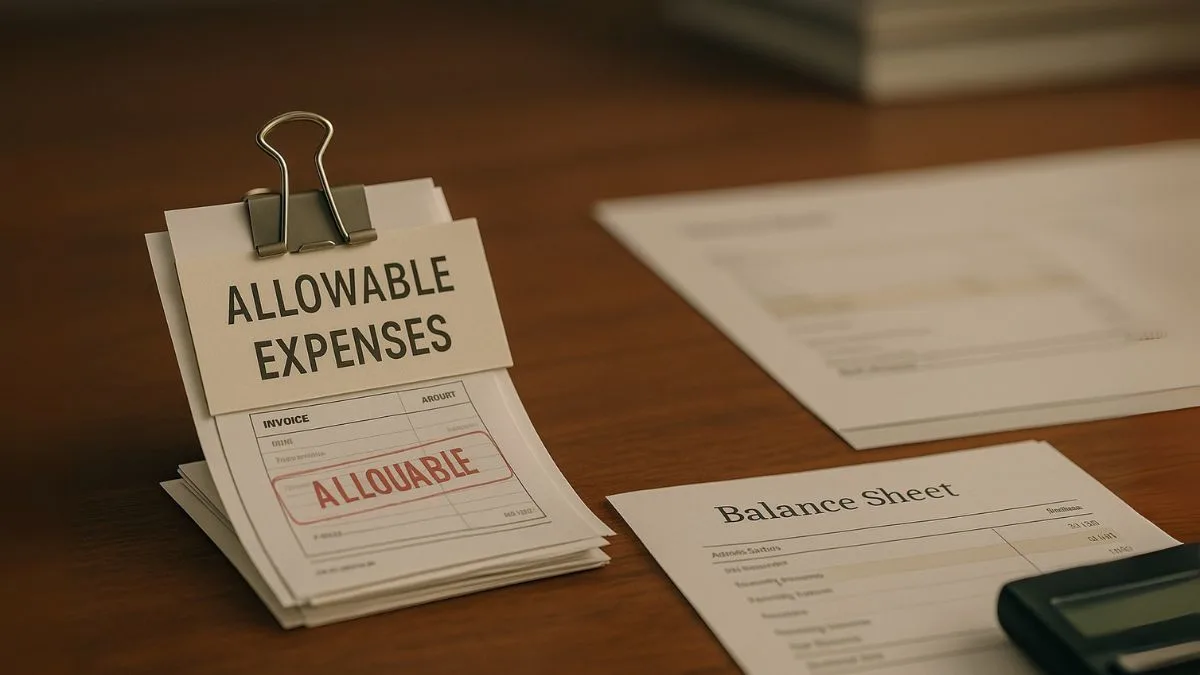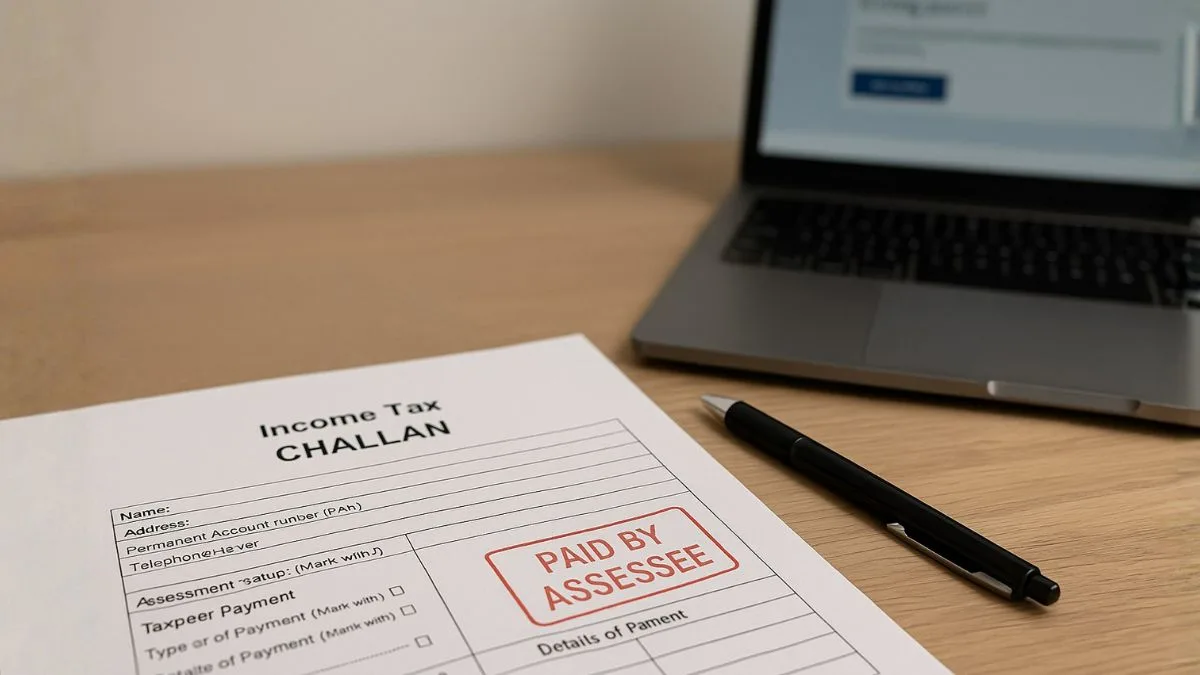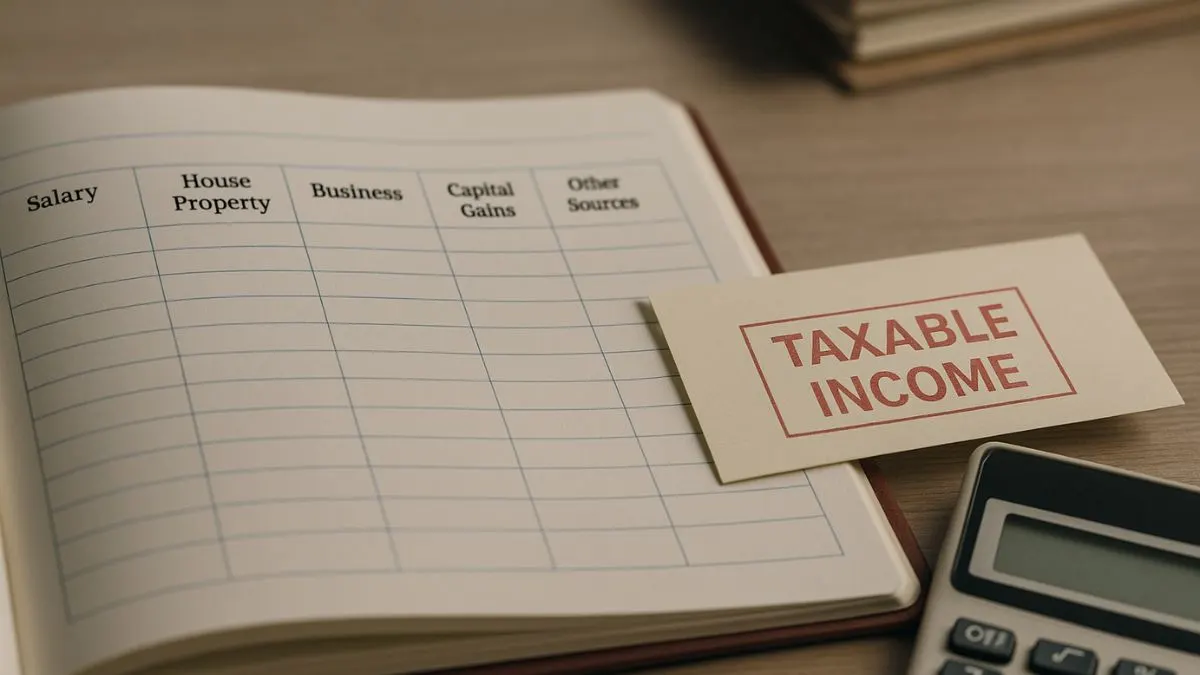
When it comes to calculating capital gains in the case of depreciable assets, Section 50 of the Income Tax Act, 1961, plays a vital role. This section provides a special provision for the computation of capital gains in case of depreciable assets, ensuring that businesses & taxpayers follow a uniform method of taxation on asset transfers.
What Is Section 50 of the Income Tax Act?
Section 50 specifically deals with the computation of capital gains on the sale of depreciable assets that form part of a block of assets under the head “Profits & Gains from Business or Profession.” It essentially specifies the taxation for capital gains on the sale of depreciable assets, especially when there is a full or partial transfer of such assets in a financial year.
In other words, even though these assets may technically be short-term or long-term in terms of holding, capital gains on the sale of depreciable assets are treated as short-term capital gains under Section 50, regardless of the period of holding.
Why Is This Section Considered a Special Provision?
Unlike regular capital gain computation, Section 50 is unique because it overrides certain standard provisions. It applies only to depreciable assets like machinery, plant, furniture, & buildings used for business purposes. Hence, it acts as a special provision for the computation of capital gains in case of depreciable assets, creating a simplified & fair tax treatment method."
How Are Capital Gains Computed Under Section 50?
Here’s a simple breakdown:
- All depreciable assets are grouped into blocks based on the same rate of depreciation.
- When one or more assets from a block are sold or transferred, the value received is reduced from the written-down value (WDV) of that block.
- If the sale consideration exceeds the WDV, the difference is considered a short-term capital gain.
- If the entire block is sold & no assets are left, even if there is a loss, it is treated as a short-term capital loss.
This mechanism ensures that the treatment of capital gains or losses in case of transfer of capital assets is streamlined under a single section."
Applicability of Section 50 with Example
Imagine a business owns machinery with a WDV of ₹5,00,000 & sells one machine for ₹6,00,000. Since the sale value exceeds the WDV of the block, the excess ₹1,00,000 becomes a short-term capital gain under Section 50.
This section is applicable only when the asset is part of the block & has been used for business purposes. It does not apply to personal or non-depreciable assets.
Key Highlights of Section 50:
- It is a special provision for the computation of capital gains in case of depreciable assets.
- The gain is treated as short-term capital gain, regardless of the holding period.
- Losses on transfer are allowed as short-term capital losses only when the entire block ceases to exist.
- It applies to business assets such as buildings, machinery, & plant & equipment.
Difference Between Section 50 and Regular Capital Gains
Under regular capital gain rules, gains on long-term assets enjoy indexation benefits & a lower tax rate. But Section 50 eliminates these benefits, treating all capital gains on depreciable assets as short-term, thereby attracting a flat tax rate applicable to short-term gains.
This simplified approach reduces ambiguity in calculating tax liabilities for businesses disposing of their depreciable assets.
Need help with calculating capital gains under Section 50 or planning your taxes on asset transfers? Let the experts at Callmyca.com handle it for you—get in touch today for a stress-free tax experience!

